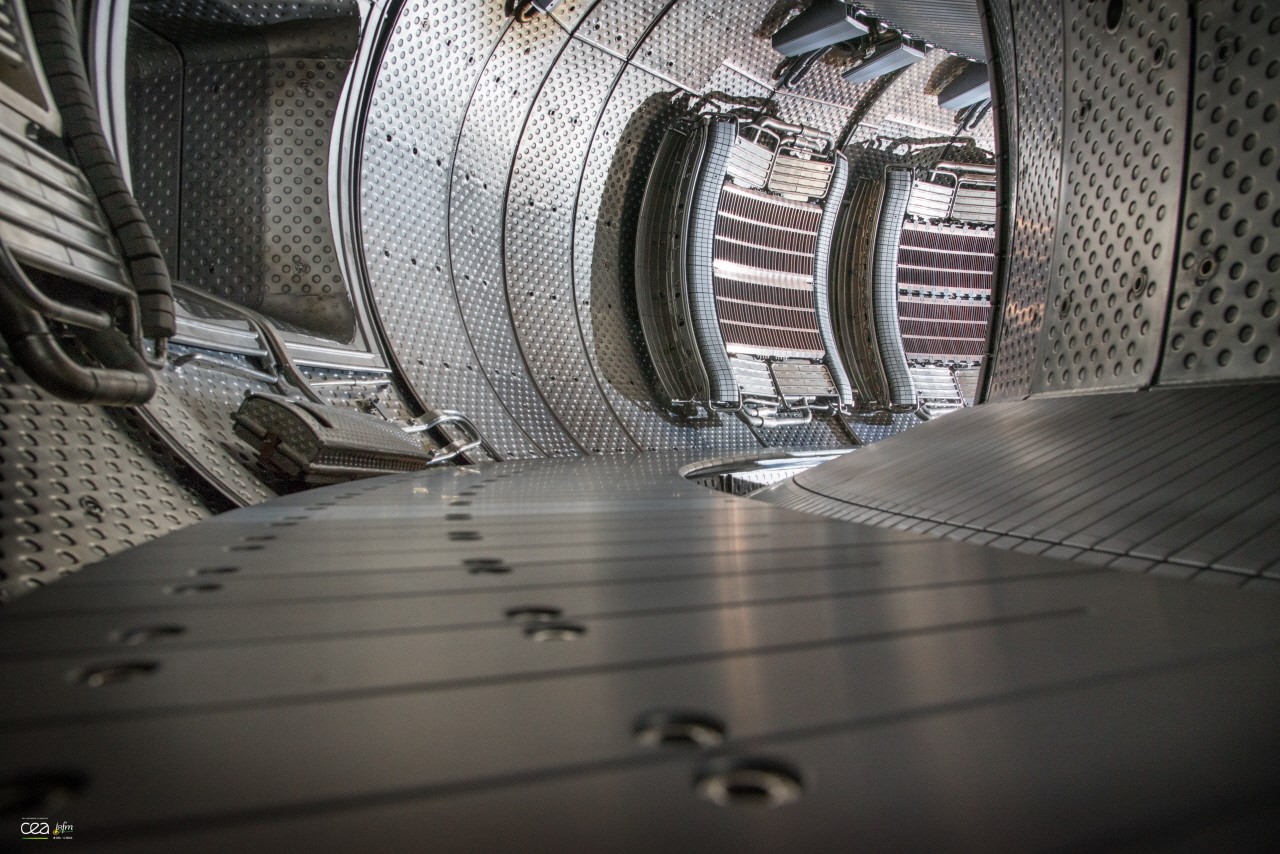Improving our knowledge of tritium, and reviewing the rules accompanying its use, are vital”, explains Christian Grisolia, researcher at the CEA’s Institute for Magnetic Fusion Research and project coordinator.
What is tritium?Tritium is a radioactive isotope of hydrogen produced by humans but also naturally present – in infinitesimal quantities – in the atmosphere. All nuclear power plants produce tritium, a residue of reactor operation. Tritium is a light element capable, under certain extreme conditions, of fusion with another hydrogen isotope, deuterium. Much research is being done worldwide on this fusion, which generates energy. One example is the international
Iter project. Tritium is also produced in nuclear power reactors as a product of fission.
Tritium management, a major issue for the nuclear sector
Transat aims to make an active contribution to the development of new policy frameworks and European and international rules for safer use and management of tritium, in close collaboration with nuclear regulators' associations (WENRA and ENSREG). As Christian Grisolia, a researcher at the CEA's Institute for Magnetic Fusion Research and project coordinator, explains "Improving our knowledge of tritium, and reviewing the rules accompanying its use, are vital".
The challenges of tritium management
Transat is proposing actions in response to the main challenges related to tritium management:
- mitigation of tritium releases by analyzing samples to understand the release mechanisms, migration of tritium into materials, modeling of behavior in reactors to improve prediction tools and finally assessment of permeation barriers[1]
- improvement of waste management, by conducting new concept studies for the containment packaging of tritiated waste and by new methods of assessing tritium stocks in metal waste and layup waste
- refinement of knowledge on the radiotoxicity, radiobiology and dosimetry of the tritiated particles produced during dismantling, the impact of which has not yet been taken into account.
To meet these various challenges, the Transat team has first answered a number of unresolved questions about the tritium cycle.
[1] Active and coated barrier concepts

Tritium will be used in magnetic confinement fusion experiments with the prospect of using this method to generate electricity. The Transat project aims to characterize its properties with regard to materials. This is an interior view of the West experimental machine at CEA Cadarache, the Iter test bench © C.Roux/CEA